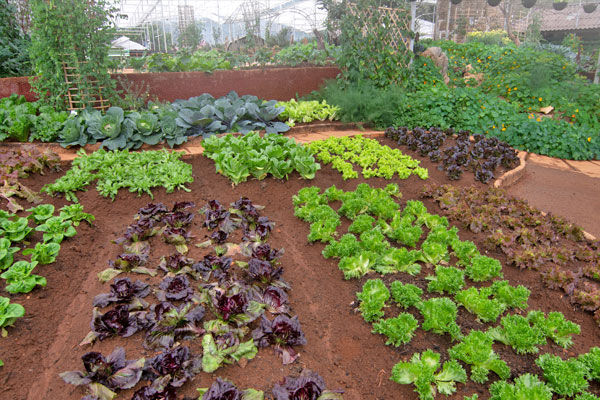Embarking on the journey of establishing a homestead is both an exciting and challenging endeavor. For those fortunate enough to have a 15-acre parcel, the opportunities are vast. One of the most effective ways to ensure long-term sustainability and productivity on your land is through the practice of rotational crops. This tried-and-true method not only enhances soil health but also maximizes crop yield, making it a vital strategy for any homestead. Here, we delve into the nuances of rotational crops on a 15-acre homestead, ensuring your land remains fertile and productive for generations.

Understanding Rotational Crops
Before diving into the specifics, it’s essential to understand what rotational cropping entails. Simply put, it is the practice of growing different types of crops in the same area across a sequence of seasons. This method minimizes soil depletion, reduces pest and weed pressure, and can help break cycles of disease.
Benefits of Rotational Crops
Implementing a rotational cropping system presents numerous advantages. These include improved soil structure, increased biodiversity, and enhanced resilience against pests and diseases. Additionally, it can lead to higher yields and improved crop quality, providing substantial benefits for a 15-acre homestead.
Mapping Out Your 15-Acre Homestead
With 15 acres at your disposal, careful planning is crucial. Begin by dividing your land into manageable sections, considering factors such as soil type, topography, and water availability. This division will facilitate the implementation of a rotational cropping plan.
Soil Health and Management
Healthy soil is the cornerstone of successful rotational cropping. Regular soil testing can provide insights into nutrient levels and pH balance, guiding your crop choices and soil amendments. Consider practices such as cover cropping and organic mulching to maintain soil fertility.
Choosing the Right Crops
Selecting the appropriate crops for your rotation is vital. Consider crop families and their nutrient requirements, as well as market demand and personal consumption needs. A diverse mix of legumes, grains, vegetables, and cover crops can provide balance and sustainability.
Crop Rotation Examples
An effective crop rotation might include legumes such as beans or peas, followed by a cereal crop like wheat or corn, and finally a root crop such as carrots or potatoes. This sequence helps balance nutrient use and replenishment.
Implementing Rotational Crops on a 15 Acre Homestead
Once your plan is in place, it’s time to put it into action. Begin with a pilot rotation on a smaller section of your land to test and refine your strategy. Monitor soil health, pest levels, and crop yields to assess the effectiveness of your rotation.
Overcoming Common Challenges
While rotational cropping offers many benefits, it is not without challenges. Pest management, weather variability, and market fluctuations can impact your rotation plan. Flexibility and adaptability are key to overcoming these obstacles.
Integrating Livestock
For those interested in a more integrated approach, incorporating livestock into your rotation can provide additional benefits. Animals can help manage weeds and pests, contribute manure for soil fertility, and provide additional income streams.
Livestock Options
Consider livestock such as chickens, goats, or sheep, which can be easily integrated into a rotational cropping system. These animals can graze on cover crops or stubble, contributing to the overall health and productivity of your homestead.
Maximizing Your Homestead’s Potential
To fully realize the potential of your 15-acre homestead, consider implementing additional sustainable practices. These might include rainwater harvesting, composting, and the use of renewable energy sources like solar power. More details on such practices can be found in our article on rainwater harvesting.
Community and Knowledge Sharing
Engaging with a community of fellow homesteaders can provide valuable insights and support. Sharing knowledge and experiences can enhance your own practices and contribute to a more sustainable future. Explore our journey towards sustainability on our homestead here.
Conclusion
Establishing a successful rotational cropping system on your 15-acre homestead requires careful planning, dedication, and a willingness to adapt. By prioritizing soil health, crop diversity, and sustainable practices, you can create a thriving and resilient homestead. For those looking to embark on this rewarding journey, remember that the key to success lies in the land itself, as highlighted in this insightful article on choosing land for homesteading.

FAQs
1. What are the best crops for rotation on a 15-acre homestead?
The best crops depend on your specific soil conditions, climate, and market demand. However, a balanced mix of legumes, grains, and root vegetables is often recommended.
2. How can I integrate livestock into my rotational cropping system?
Integrating livestock involves allowing animals to graze on cover crops or crop residues, which can help manage weeds and pests while enriching the soil with manure.
3. Where can I learn more about sustainable practices for my homestead?
For more information on sustainable homesteading practices, visit our article on rainwater harvesting and explore our tips for beginners in beekeeping.





